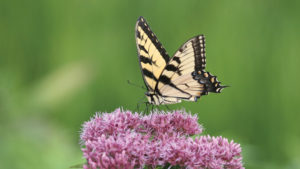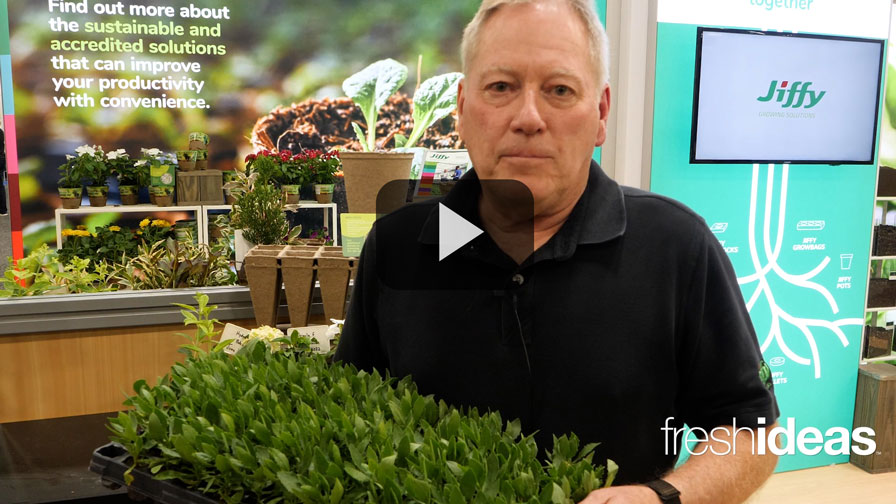Allan Armitage on the Three Topics Plant Consumers Care About the Most
 Recently, I was talking with an old friend, a well-known marketing person in our industry. She is on a committee that has the objective of coming up with the top consumer issues that the industry should focus on solving. She asked what I thought of their conclusion that invasiveness is one of the most important issues consumers think about.
Recently, I was talking with an old friend, a well-known marketing person in our industry. She is on a committee that has the objective of coming up with the top consumer issues that the industry should focus on solving. She asked what I thought of their conclusion that invasiveness is one of the most important issues consumers think about.
To disagree with this is like saying you do not like peanut butter. However, I could not help but disagree with her that this is consumers’ top concern.
That is not to say that invasiveness is not important, but to a gardener, invasiveness means, “Is it invasive in my garden?” That is, is it another mint or ranunculus, or awful thing I have to pull out in a year or two?
And while I often hear complaints about garden invasiveness, other problems are aired far more often. Here are the three I always hear about when talking to gardeners:
Do Deer (or Other Critters) Eat Them?
It does not matter what plant I mention, deer resistance is the number one issue for consumers, including landscapers and gardeners.
I am not naïve. I understand that if deer are hungry enough, they’ll eat anything. However, we are all aware that some of our plants are deer food.
It is not my intent here to complain or provide a solution; I rather doubt we can inject a deer-resistant gene into our plants. Whether we decide to be transparent or not, well, that’s up to you. Should a well-researched list of deer-resistant plants be available from the breeder, from the broker, and from the grower? Probably, but I doubt it will happen. Landscapers and gardeners understand that a fence may be needed or that a smelly deer repellent must be sprayed. They get it.
Is It a Good Pollinator Plant?
It is almost impossible to be a gardener or a decorator and not be aware of environmental concerns. Much of the rise of native plants in our businesses is directly related to the belief that natives attract more pollinators.
Continuing to breed attractive nativars will bring more decorators into the pollinator sphere; working with environmental groups like The Pollinator Partnership, the BeeSmart program, and others simply makes sense. The more we talk about pollinators, the less intimidating we will be to consumers.
I also was impressed with Greenhouse Grower Managing Editor Janeen Wright’s recent article in which she outlined grower-retailers’ efforts to work with consumers. It shows we get it.
Where Do I Get It?
Whenever I mention plants, new or not so new, the question of where to buy them arises. This issue is one that has bothered me for a long time. When I ogle the extraordinary new annuals at California Spring Trials (CAST), I can’t help but wonder if they are ever going to see the light of day, and more cynically, are they going to be labeled with the actual cultivar name. I decided to go back to my notes from CAST events of 2014 through 2017. I visited garden centers and box stores and seldom saw the plants we were all so impressed with at the time.
I bet I am not alone in this inability to find new plants. This is far more a problem with annuals than with perennials or woodies.
The sheer number of new products every year inevitably results in a traffic jam at the top, with only a few emerging to the retail bench. While brokers, growers, and breeders work hard to get plants out there, I am not seeing them. It may just be me, but I doubt it.









